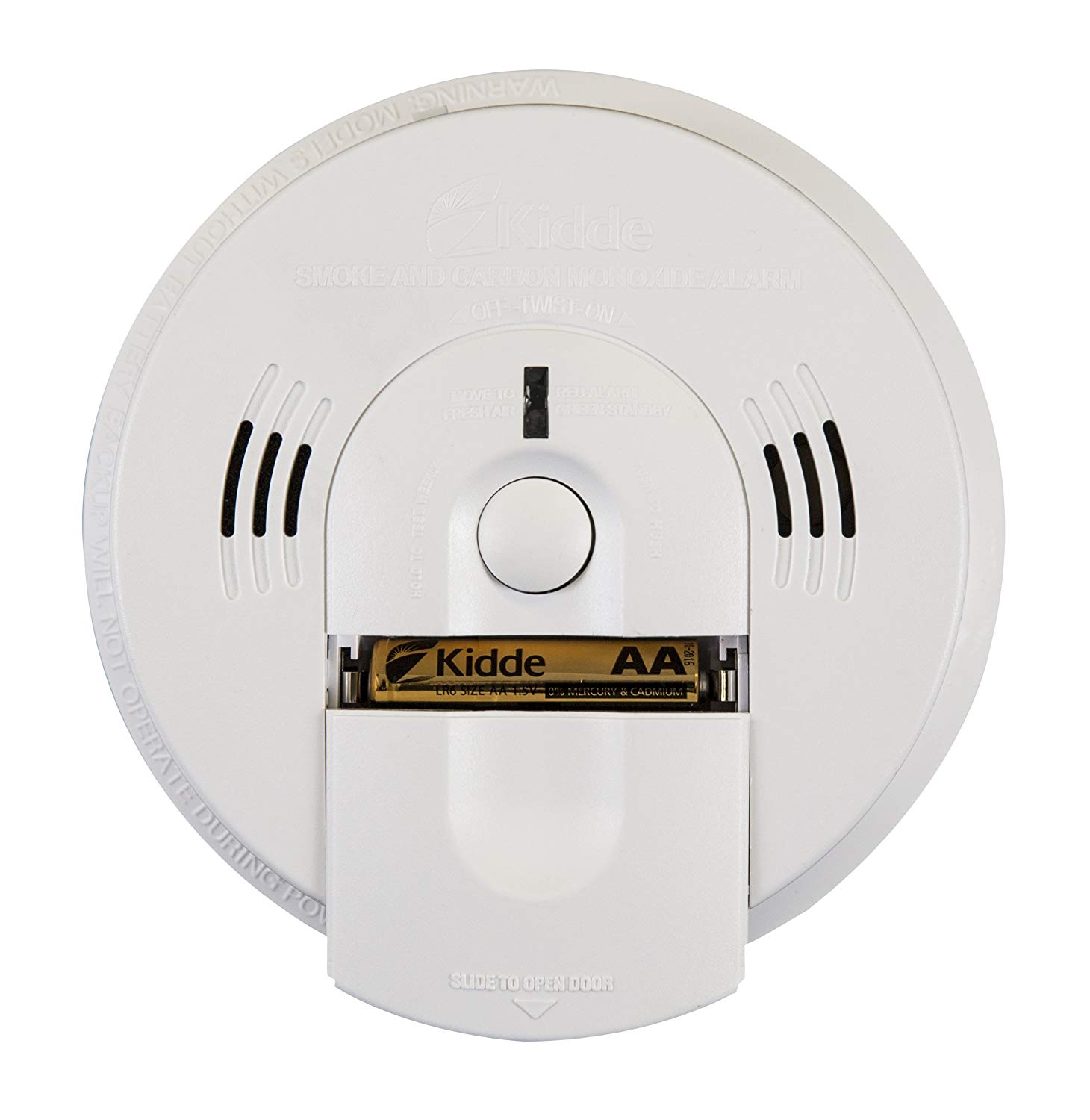Kidde Intelligent Alarm Battery Operated Combination Smoke & Carbon Monoxide Alarm
Last updated: April 17, 2019
We looked at the top Smoke Detectors and dug through the reviews from some of the most popular review sites. Through this analysis, we've determined the best Smoke Detector you should buy.
Product Details
In our analysis of 46 expert reviews, the Kidde Intelligent Battery Operated Combo Alarm placed 6th when we looked at the top 8 products in the category. For the full ranking, see below.From The Manufacturer
The Kidde KN-COSM-XTR-BA uses breakthrough technology to offer a fast response to real fires, including smoldering and fast-flaming, as well as protect you from carbon monoxide and dramatically reduce the chance of nuisance alarms. In addition, the Intelligent Alarm contains a voice warning that clearly states the present danger – smoke or carbon monoxide – and announces “FIRE!” or “WARNING! CARBON MONOXIDE!” The Intelligent Alarm combines the detection capabilities of an ionization smoke sensor – which is more likely to detect smaller, less visible fire particles, like those produced by flaming fires – with that of an electrochemical sensor, which is used to detect CO. Since carbon monoxide is present in all fires, having both detection chambers work together in one alarm is a breakthrough in the fire safety industry. When either sensor notices a potential hazard, it will communicate with the other. Depending on what is detected, the alarm will adjust its smoke sensitivity in order to better discriminate between a real hazard and a false one. This constant communication enhances the alarm’s overall performance in all fires, and significantly reduces the potential for a nuisance alarm. This alarm uses ionization sensing technology. Leading authorities recommend that both ionization and photoelectric smoke alarms be installed to help insure maximum detection of the various types of fires that can occur within the home. Ionization sensing alarms may detect invisible fire particles (associated with fast flaming fires) sooner than photoelectric alarms. Photoelectric sensing alarms may detect visible fire particles (associated with slow smoldering fires) sooner than ionization alarms.








